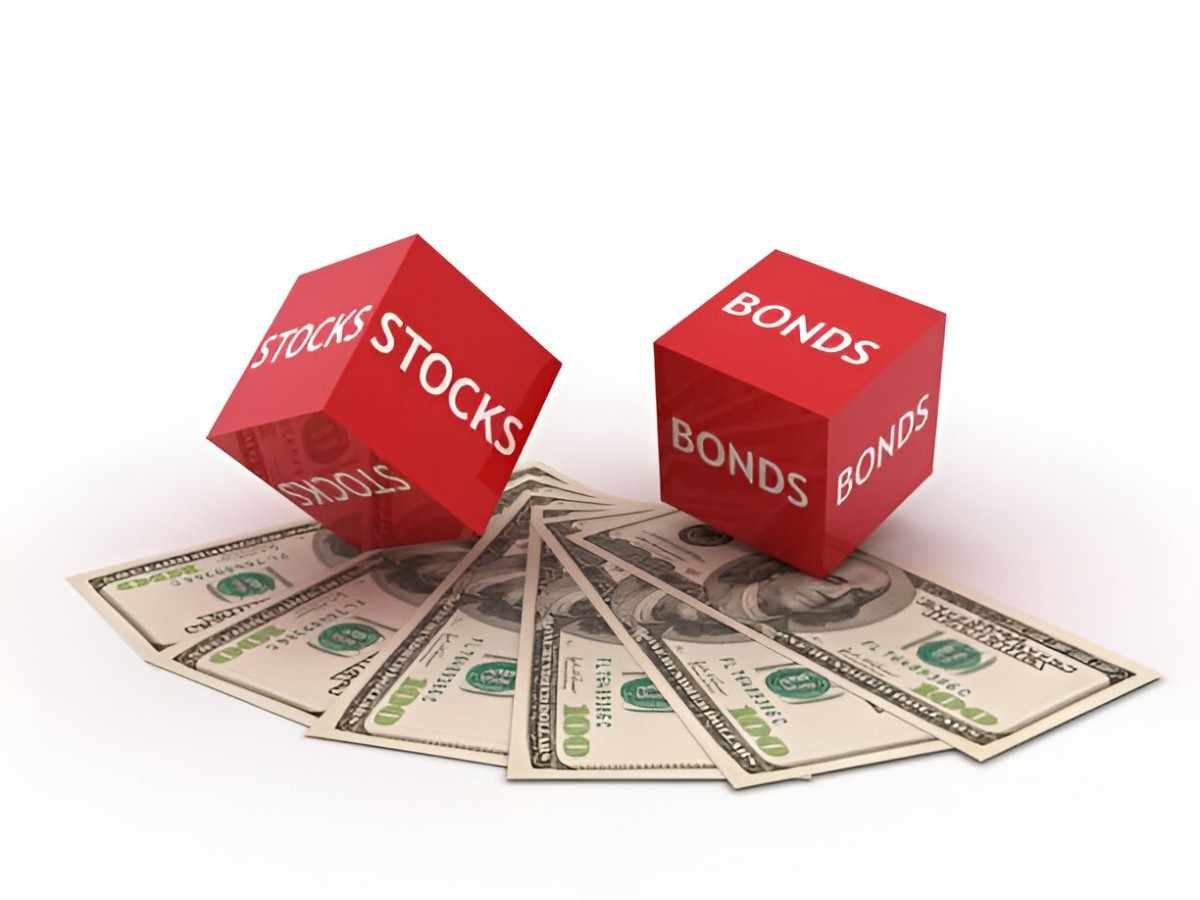After managing portfolios across all three asset classes, I’ve identified critical distinctions that determine how each fits into an investment strategy. Most investors misunderstand these fundamental differences, leading to suboptimal asset allocation decisions.
Table of Contents
Core Structural Differences
Ownership and Obligations
| Characteristic | Stocks | Bonds | Mutual Funds |
|---|---|---|---|
| What You Own | Equity share in a company | Debt obligation | Basket of securities |
| Cash Flow Rights | Dividends (discretionary) | Fixed coupon payments | Underlying asset distributions |
| Maturity | Perpetual | Fixed maturity date | Continuous offering |
| Voting Rights | Yes (common stock) | No | Depends on underlying holdings |
Risk and Return Profiles
Historical Performance (1928-2023)
| Asset Class | Annualized Return | Volatility | Worst Year | Best Year |
|---|---|---|---|---|
| Large Stocks | 10.2% | 19.8% | -43.8% (1931) | +54.2% (1933) |
| Long-Term Bonds | 5.3% | 7.8% | -14.9% (2022) | +40.4% (1982) |
| Balanced Mutual Fund | 8.1% | 11.2% | -26.2% (2008) | +32.3% (1995) |
Sources: Ibbotson, Morningstar
Key Risk Metrics
Sharpe\ Ratio = \frac{E(R_a) - R_f}{\sigma_a}Current Market Values:
- S&P 500: 0.62
- Aggregate Bonds: 0.35
- 60/40 Fund: 0.52
Market Behavior Comparison
Interest Rate Sensitivity
\Delta Bond\ Price \approx -Duration \times \Delta Yield \Delta Stock\ Price \approx \frac{\Delta Earnings}{Discount\ Rate} + Growth2022 Case Study:
- 10-Year Treasury Yield ↑ 2.36%
- Bond Prices ↓ 15.3%
- S&P 500 ↓ 19.4%
Inflation Protection
| Asset Class | Correlation to CPI | Real Return (1946-2023) |
|---|---|---|
| Stocks | 0.24 | 6.8% |
| Bonds | -0.31 | 1.9% |
| TIPS Funds | 0.89 | 2.3% |
Investment Mechanisms
How Returns Are Generated
Stocks:
Total\ Return = \frac{P_1 - P_0}{P_0} + \frac{D}{P_0}Bonds:
Yield\ to\ Maturity = \left( \frac{C + \frac{F-P}{n}}{\frac{F+P}{2}} \right)Mutual Funds:
NAV\ Return = \frac{\sum (Holdings \times Prices) - Expenses}{Shares\ Outstanding}Cost Structures Compared
Fee Breakdown
| Cost Type | Stocks | Bonds | Mutual Funds |
|---|---|---|---|
| Trading Commissions | $0-$5 | $0-$5 | $0 (typically) |
| Spread Costs | 0.05-1% | 0.10-2% | 0.01-0.50% |
| Management Fees | $0 | $0 | 0.03-1.50% |
| Tax Efficiency | High | Medium | Low-Medium |
Optimal Use Cases
When to Prefer Each Asset
| Objective | Best Instrument | Rationale |
|---|---|---|
| Long-Term Growth | Stocks | Highest historical returns |
| Income Generation | Bonds | Predictable cash flows |
| Diversification | Mutual Funds | Instant exposure to hundreds of securities |
| Inflation Hedge | Stock/Commodity Funds | Real asset exposure |
| Capital Preservation | Short-Term Bond Funds | Low volatility |
Portfolio Construction Insights
Efficient Frontier Analysis
\min_w w^T\Sigma w\ \text{subject to}\ w^T\mu = r_p,\ w^T\mathbf{1}=1Optimal 2024 Mix:
- 55% Global Stocks
- 35% Aggregate Bonds
- 10% Alternatives
- Expected Return: 6.8%
- Expected Volatility: 12.1%
Common Investor Mistakes
- Treating Bond Funds Like Bonds
Ignoring duration risk and perpetual maturity - Overestimating Stock Diversification
Correlations →1 during crises - Ignoring Fund Expenses
1% fee can consume 25% of returns over 30 years - Tax Inefficiency
Holding high-turnover funds in taxable accounts
Actionable Recommendations
- Direct Stock/Bond Investors
- Use limit orders to control prices
- Ladder bond maturities
- Reinvest dividends automatically
- Mutual Fund Investors
- Compare after-fee performance
- Check turnover ratios
- Verify tax efficiency
- Hybrid Approach
- Core mutual fund holdings
- Satellite individual securities
- Rebalance quarterly
Would you like me to analyze how these asset classes would combine in your specific portfolio? I can calculate the expected risk/return profile and tax implications based on your current holdings and investment objectives.





